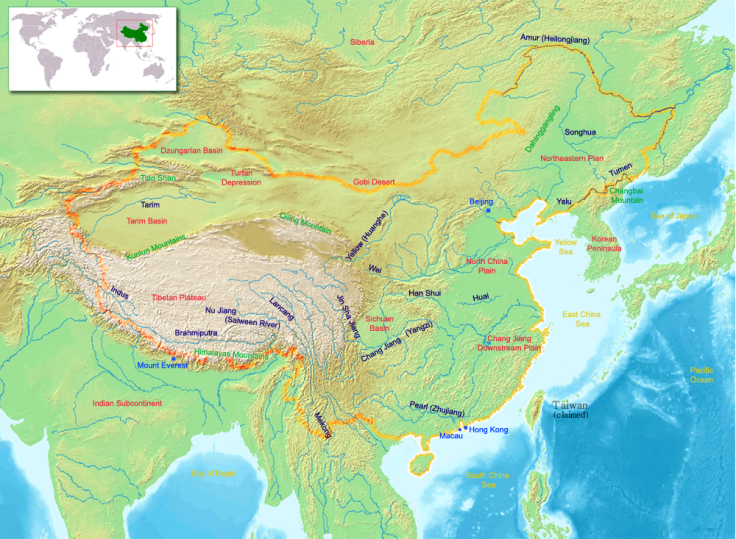Permafrost in Tibetan Plateau can be wiped out by temperature rise

Much of the permafrost on the Tibetan plateau will possibly disappear by the end of the century under the present trend of global warming exceeding 2C. Almost 40% of it could be lost in the coming years, a Chinese report has warned, noting that the region has been seeing an average temperature rise of about 0.3C every decade.
The thawing has major implications for the local environment in terms of lake outbursts and landslides, besides contributing to global warming. More than half the plateau is covered in permafrost, with large reserves of carbon dioxide trapped within the frozen soil, the report from the Institute of Tibetan Plateau Research under the Chinese Academy of Sciences (CAS) said.
Desertification
The report cautions on the accompanying desertification with the permafrost thaw, writes Xinhua. Widespread degradation of the permafrost up to 10% across the Tibetan Plateau has also been held responsible for the decrease in runoff into the Yangtze River in recent years.
Wang Genxu, an ecologist at the Chengdu-based Institute of Mountain Hazards and Environment, part of the CAS, in an earlier study showed that runoff from the permafrost into the Zuomaokong River, a Yangtze tributary, is affected by air and soil temperatures, depth to which the permafrost has thawed and the levels of vegetation cover.
Runoff increased if the thawing layer was less than 60cm deep but decreased if the thaw went deeper. The study found that the hydrology of the Tibetan Plateau in response to warming was different from Alaska in the Arctic where permafrost degradation has resulted in the expansion of wetlands.
On the Tibetan plateau, it has caused the land to become drier and more prone to desertification. The plateau has shown an increase in desertification, mainly around the source region of the Yangtze River, where the desert area has reached 33,200sq km.
Lake expansion and floods
Permafrost melt has been shown to be the major driver of lake expansion in the plateau. A study early this year led by Yingkyui Li of the University of Tennessee, Knoxville, in partnership with the Beijing-based CAS showed close links in patterns of lake changes to permafrost melt in the Tibetan Plateau from 1970 to 2010.
By releasing water and changing the structure of soil, permafrost degradation can result in high-altitude lake floods. Soil can lose its stability as its thaws and lead to landslides. Permafrost loss also releases carbon into the atmosphere and adds to global warming.
Permafrost found in high altitude and high latitude is defined as "perennially frozen ground remaining at or below 0C for at least two consecutive years", according to the United Nations Environment Programme. This frozen soil comprises about 24% of the exposed land area in the Northern Hemisphere and is also found in mountainous regions of South America and ice-free regions of Antarctica. It contains around 1,700 billion tonnes of carbon in the form of frozen organic matter (methane), almost twice as much carbon as currently in the atmosphere.
The world has less than 1,000 billion tonnes of emissions that can be emitted before irreversible climate change sets in. On an average, around 35 billion tonnes of carbon dioxide is emitted every year.
© Copyright IBTimes 2025. All rights reserved.





















